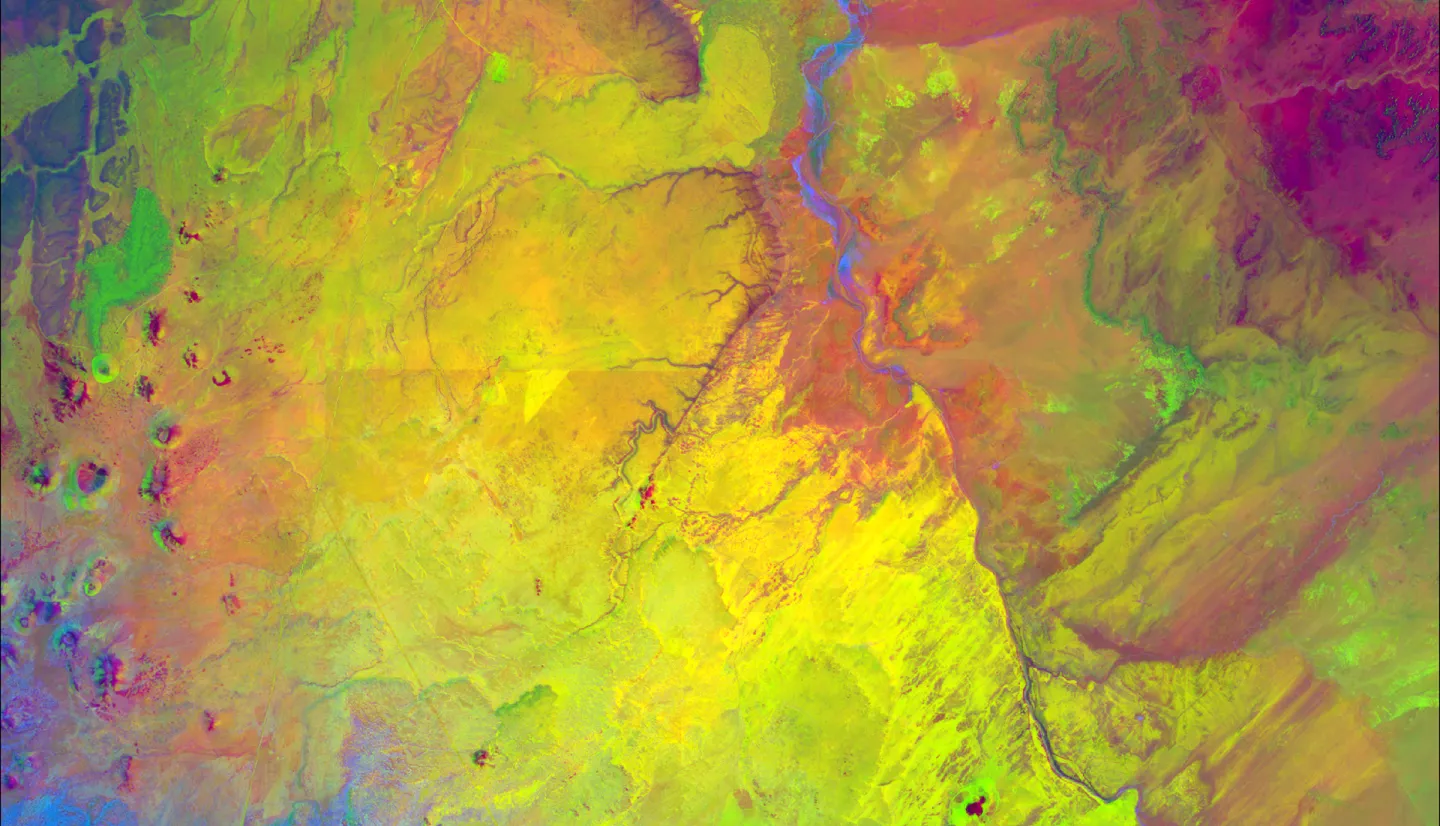Arizona Water Resources II (Fall 2022)
Team: Arina Morozova (Project Lead), Jamal Jeffer, Jessica Birk, Greg Peargin
Summary: Pinyon-juniper woodlands (PJW) provide critical and resilient habitat for the local mammal and small bird species of Arizona's northern xeric environment. Drought in Arizona has been persistent for many decades, yet in 2021 PJW experienced a mass tree mortality event at the Wupatki National Monument (WNM) and in other areas across the American Southwest. Previously, researchers at the National Park Service (NPS) and the team from the NASA DEVELOP National Program attempted to quantify the extent of mortality in Northern Arizona between 2015 and 2021 using high resolution National Agricultural Imagery Program (NAIP) aerial photographs. This project aimed to improve the previous term’s methodology and expanded the comparison of the post-mortality event in 2021 to include tree cover assessments for 2017 and 2019. In this iteration, the team utilized NAIP imagery in conjunction with Landscape Fire and Resource Management Planning Tools (LANDFIRE) to calculate the total difference in PJW mortality using an unsupervised classification model trained from multi-date Modified Soil-Adjusted Vegetation Index (MSAVI) and the Visible Atmospherically Resistant Index (VARI) data for the study area. The research also assessed correlations between tree mortality and environmental factors using Western Land Data Assimilation System (WLDAS) modelled climate data. Average PJW mortality from 2015 to 2021 was 21.63% including 19.8% in WNM with the vast majority of dieback occurring between 2019 and 2021. The correlations were weak with the most correlated variables being bare soil evaporation (0.15), rainfall (0.14), groundwater storage (0.13), and wind speed (0.12), perhaps indicating drought as a likely driver of PJW mortality.



